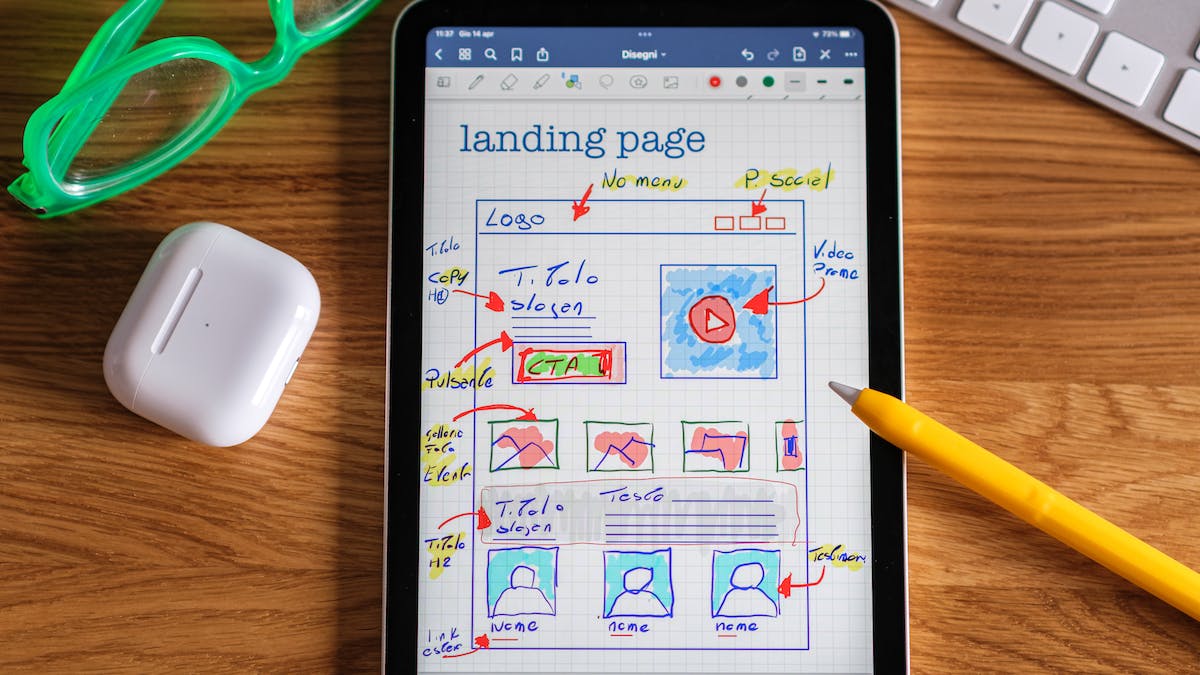Before carrying out a web design project, it is important for the client to do some analysis and preparations.
The client should have an idea of their budget, requirements, and website goals. Neglecting the preparation phase can lead to confusion, disorganization, and a less than satisfactory web design results.
In this article, I have highlighted the main tasks to be considered by the client when preparing a web design in collaboration with a professional web agency.
The client must equally make sure that certain important elements are considered in order to ensure a harmonious working relationship with the web agency and an impeccable result of the web design.
1) The client should state the budget available for your project.
Knowing the client’s budget will enable the web agency to have a precise idea of the web solution that can meet the client’s expectations. Thus, some options could be eliminated immediately, enabling the web agency and client to set realistic goals according to the budget available for the design of the website.
2) The client should state his/her needs.
The client must clearly indicate to the web agency all the specifications of his website project from the outset.
For example, the client may require marketing materials such as a newsletter, Internet promotion and personalization of social media (Facebook, Twitter, YouTube, etc.). The client can also ask the designer to create a corporate logo from scratch. If this is the case, the logo will need to be updated on the website, electronic signatures of emails and all marketing materials of the client (business cards, envelope, etc.).
Sometimes the client already has a website, and all they need is a redesign of their current website. Especially when the web agency is working on a tight budget, it’s easy to start with the basics and ignore some of the extra materials that will require extra work, but it’s better to be realistic. Creating a logo is worthless if it is not added to business cards and marketing brochures.
The web agency needs to know exactly what the client needs in order to formulate an accurate quote for the design of the website, and the overall planning process will ensure that all the client’s needs are met.
3) The client should state his/her goals.
The client should explicitly state her goals to her web design agency. Ultimately, the client’s goals are used to determine the final direction of the web design.
If the client is sure of his/her goals, the web designer will be able to meet his/her expectations and needs. Many of the web designer’s decisions are made based on the client’s goals.
4) The client should state his/her target market (audience).
An effective web design is oriented towards the customer’s target market. Knowing what captures the attention of the client’s audience helps guide the web designer.
A successful marketing campaign will be designed for the type of person the customer wants to attract. Building a detailed plan of the target market will help both the client and the web designer to create a proper and effective web design.
5) The client should provide (realistic) datelines.
It is important to establish a timeline for each step of the website creation process.
A web agency works for multiple clients at once and can prioritize its workflows according to client deadlines.
6) The client should provide quality images.
All images or logos used by the designer must be provided to the web agency in a vector format, such as PostScript or EPS, or Illustrator, or. Eyelash. This will give the graphic designer the freedom to change the size during design without affecting the quality.
If photographs are used, they must also be in high resolution, at least 300 dpi, or dots per inch. Even though the photographs used on websites are displayed at a much lower resolution, providing the graphic designer with high-resolution photographs allows them greater freedom when editing, resizing and optimizing photographs for the website.
7) The client should provide the text.
The client must provide the web designer with all the necessary tools needed to work on the web design from the beginning of the project.
This means that the client must work on the acquisition of content, text, photographs or logos before undertaking the website design project with the designer. The client’s website will not be able to progress if the web designer does not have the necessary materials.
Materials must be submitted in their final form. If the web designer needs to make revisions afterwards, while the images or text have already been inserted into the web design mockup, the cost may increase, and the delivery date of the website project may be delayed.
8) The client must obtain necessary permissions for licensed images and texts.
If the customer has not developed original content or images, he/she is responsible for obtaining the necessary permissions to use these materials. This applies to logos, images, text, music and videos used on the website.
In a nutshell
Although this list may seem complex, ensuring that each point has been taken into consideration before hiring a web design agency is crucial.
This list will eliminate potential obstacles during the creation of your web project.
- State the budget available for your project.
- The client should state his/her needs.
- The client should state his/her goals.
- The client should state his/her target market (audience).
- The client should provide (realistic) datelines.
- The client should provide quality images.
- The client should provide the text.
- The client must obtain necessary permissions for licensed images and texts.






